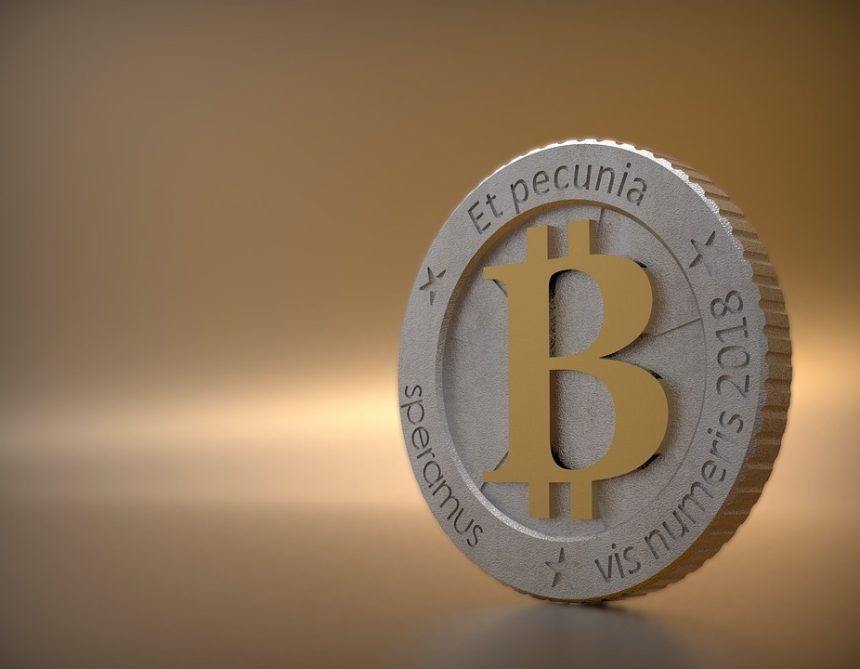In the world of finance and technology, few trends have captured the imagination and interest of investors and consumers alike as profoundly as blockchain technology. Initially introduced with Bitcoin in 2009, the blockchain has evolved far beyond its original purpose as a secure ledger for cryptocurrency transactions. Today, innovations in blockchain technology are reshaping cryptocurrency itself, paving the way for new applications, enhanced security, and better user experiences. This article explores the latest breakthroughs in blockchain innovations that stand to revolutionize the cryptocurrency landscape.
1. Layer 2 Solutions: Enhancing Scalability
As cryptocurrencies like Bitcoin and Ethereum gained popularity, they faced significant challenges in terms of transaction speed and scalability. Network congestion led to increased fees and slower transaction times, limiting adoption. Layer 2 solutions such as the Lightning Network for Bitcoin and zk-Rollups for Ethereum have emerged to tackle these issues.
These solutions operate on top of the existing blockchain, allowing for off-chain transactions that can be settled later on the main chain. This offloading of transactions enhances scalability and reduces costs, making it more feasible for everyday transactions. As these Layer 2 solutions mature, they promise to unlock a new level of efficiency and usability in cryptocurrency transactions.
2. Decentralized Finance (DeFi): A Financial Revolution
Decentralized Finance, or DeFi, has become one of the most significant innovations within the cryptocurrency space. It refers to the use of blockchain technology to recreate and improve upon traditional financial systems, such as lending, borrowing, and trading, without the need for a centralized authority.
Smart contracts—self-executing contracts with the terms of the agreement directly written into code—drive DeFi protocols, allowing for automatic and trustless transactions. Platforms such as Uniswap, Aave, and Compound enable users to lend, borrow, and trade assets with unprecedented ease. DeFi not only democratizes access to financial services but also calls into question existing financial institutions’ roles, paving the way for a more inclusive financial ecosystem.
3. Non-Fungible Tokens (NFTs): Beyond Digital Art
Once primarily associated with digital art and collectibles, Non-Fungible Tokens (NFTs) have expanded significantly in scope and application. NFTs leverage blockchain technology to establish provenance, ownership, and scarcity of digital assets. This innovation has made waves not only in the art world but also in gaming, music, real estate, and more.
NFTs allow creators to monetize their work directly through royalties, enabling new revenue streams. Additionally, the ability to create fractional ownership of high-value NFTs has democratized access to assets that were previously out of reach for most investors. As the technology matures, the potential applications of NFTs could disrupt various industries, fostering innovation and new business models.
4. Interoperability: Bridging Blockchain Networks
As new blockchains and ecosystems emerge, the need for interoperability becomes increasingly prominent. The ability for different blockchain networks to communicate and interact with each other is crucial for the growth of the overall cryptocurrency landscape. Innovations in this area are fostering collaboration and connectivity among disparate blockchain networks.
Projects like Polkadot and Cosmos aim to create systems where multiple blockchains can seamlessly transfer data and value. This interoperability not only enhances user experience but also allows for the creation of more complex decentralized applications (dApps) that leverage the strengths of various blockchains, leading to a more cohesive ecosystem.
5. Central Bank Digital Currencies (CBDCs): The Future of Money?
As governments and central banks globally grapple with the implications of cryptocurrencies on monetary policy and financial systems, many are exploring the concept of Central Bank Digital Currencies (CBDCs). Unlike cryptocurrencies, which are often decentralized and speculative, CBDCs are digital forms of a nation’s fiat currency issued and regulated by the state.
CBDCs could offer a range of advantages including increased efficiency in payment systems, enhanced financial inclusion, and the ability to implement monetary policy directly. With countries like China leading the charge with its digital yuan, the exploration of CBDCs presents a new frontier that could redefine how we perceive and engage with money.
Conclusion: A Transformative Era for Cryptocurrency
The innovations reshaping cryptocurrency through blockchain technology are profound and far-reaching. As Layer 2 solutions enhance scalability, DeFi transforms finance, NFTs expand cultural and economic boundaries, interoperability fosters collaboration, and CBDCs signal a merging of traditional and digital currencies, the cryptocurrency landscape is on the brink of a transformative era.
As we continue to witness these breakthroughs, it is vital to engage with them critically, addressing the challenges of regulation, security, and accessibility. The promise of blockchain technology lies not just in its capacity to innovate, but in its potential to create a more inclusive and efficient financial system for all. The future of cryptocurrency is here, and it promises to be more than just a speculative investment; it’s poised to be a fundamental pillar of the modern digital economy.


